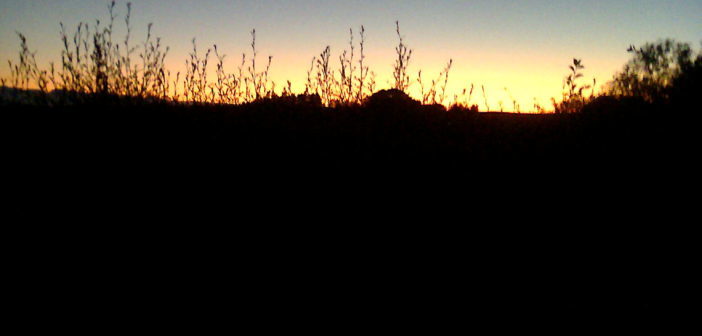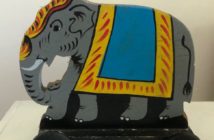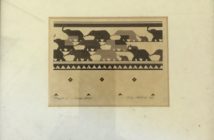“I detest what you write, but I would give my life to make it possible for you to continue to write”
She looked at me with her little currant eyes and said “old people don’t do slam poetry”; “no-one outside New Zealand will understand your poetry”; and something about “an old actor who did slam poetry but died.” It wasn’t clear whether he died because he did slam poetry.
My performance poem “Didja, Didja” contained words of two of our languages English and te reo Maori. As a more recent migrant than myself she may have been bemused by the subtle and unseen way the words and cultures have and are intermingling in Aotearoa-New Zealand.
Or maybe I was just lucky that as a “Legal Secretary” doing an arts degree at night at Auckland University, eating my dinner in the old student cafe, another student asked to eat their dinner with me. The topic of conversation – the speed at which the mashed potatoes ran through our forks. The other student, Donna Awatere, who introduced me to what was then called The Auckland University Maori Club which allowed me to look into a different kaleidoscope.
When my family arrived here nearly seventy years ago my Mother told me she expected she would have to learn Maori. She was also of the opinion that New Zealand did not have toothpaste and when asked to “bring a plate” took along the migrant-signature box of crockery and cutlery.
We never learned Maori and when we moved from the King Country to Auckland there were only two Maori families on our road. The ones down the road with a dusty yard, milling pig dogs and a boil up pot on the stove. The family up the road, who kept to themselves, had a home with an immaculate exterior from which they emerged to go to work. The people my parents disliked were our immediate neighbours – they were also English migrants but had planted what became huge, sun eating pine trees on the shared boundary.
I don’t remember “Maori” at primary or intermediate school. I remember the frenzied secondary school assembly clapping for the outstanding and outstandingly successful “Maori” students – who were visibly few. I do remember the cold rage of my Mother when I introduced a friend to her by the nickname she was called at school – “Fuzz”. It was made clear to us both that my friend was never to allow me to call her that again. Some years later I discovered the reality of my own diverse ethnicity and understood.
We like to think we’ve come a long way since Mahia’s Mother couldn’t use the toilet and “others” were segregated in rural White League-Pukekohe. So, it’s wonderful, if superficially ironic, that the latest furore about the value of te reo Maori has been prompted by the grandson of Chew Chong. Chew Chong, an ethnically Chinese migrant, who developed the dairy export trade.
Murray Chong, a New Plymouth, Taranaki, elected Councillor, apparently posted comments on his personal facebook page questioning the contemporary state of te reo Maori and funds being spent to support and promote it – “being kept alive on a respirator”. Chong’s fundamental occupation is something to do with finance so he’s apparently also interested in whether we’re getting “value for money”. Chong asserts he represents what “80% of the people think”.
Maybe I’m part of the 20% he doesn’t represent. I’ve written before that I would like more visible evidence of te reo Maori and I would like more information about the Maori names and history of places we have overlaid with more recent English-derived names.
I have wondered why, particularly online, text cannot be presented in both English and Maori. I used to get reports from a Hong Kong based organisation which had the English text on the left page and the Mandarin or Cantonese printed on the opposite page.
In 2011 I wrote to the Editor of the Bay of Plenty Times suggesting they have a:-
“weekly Maori/English publication with information about the diverse projects and developments within Tauranga Moana. It would also be interesting to be aware of what is happening on local marae etc. – last Christmas the marae in our area held “Christmas at the Marae”. It would also be helpful if there was a regular section on Maori language and cultural protocols.”
I also suggested it would be great if they had regular content about Pacific peoples, other ethnic communities and the “disabled community”. I never got a reply!
In ARTbop I have tried to establish Kupu & Word – hasn’t worked, so far but I’m not giving up.
Do I believe Maori language should be a compulsory subject which is apparently Chong’s current comment catalyst. I’m aware that contemporary primary school education gives all New Zealand children something that I and perhaps my mid-thirties children didn’t have – a basic Maori language and cultural component. I also understand that the earlier you expose children to multiple languages the easier it is for them to learn them. I also believe that exposure to other languages and cultures promotes a wider understanding. This in no way precludes asking how the maximum result could be achieved for the money spent. That’s my way of saying – if we could afford it, we should do it.
Murray Chong has been called a “racist” and is being called upon to apologise for expressing his opinions. I don’t care if it was Voltaire, Tallentyre/Hall, Churchill or Bart Simpson who uttered some form of the above quote, our right to raise issues has to be preserved. Do I think he should “apologise” – no.
What’s the issue – what are the wider societal benefits of all New Zealanders learning te reo Maori and English – it might help my recent-migrant currant-eyed competitor to understand and appreciate us more.
In checking out contemporary-Chong online I discovered another of his contentious statements – suggesting Shamubeel Equab a Bangladeshi-born New Zealander was not a “fullblooded kiwi”. Chong was apparently trying to dismiss the economist’s opinion “it’s better to rent than to buy” on the basis of his not being a “full-blooded kiwi”. He could have dismissed that opinion on historical and contemporary statistics. Do I think Chong’s challenge to the Bangladeshi-born, New Zealand economist was “racist” – yes, it’s Trump racism.
However, by challenging the opinions of a New Zealander who arrived here as a thirteen year old, Chong is also confirming that being a “New Zealander” is not the prerogative of the “European” and “the Maori”.
It is inherent racism to assume that someone who does not look “European” or “Maori” is obviously not born in New Zealand – “and where are YOU from” – how often did we hear that. The friend who tells me the story of the 2016 Auckland Santa Parade – “it was all Indian and Chinese children”. The little old man born in St Helen’s Hospital, Auckland told “why don’t you go back to where you came from” – “Ponsonby, I’d love to!”
It has always totally pissed me off that every form I fill out wants to know what my ethnicity is. So having discovered what it is, I write down the list all over any form that asks me.
Since coming to Tauranga I’ve been involved in part-time employment were I was required to ask people “what is your race” – I refused by changing the wording of my question. I still hear the sharp intake of breath of a young New Zealander whom I asked “and what is your ethnicity?” – “I’m 100% kiwi”. I personally knew he was part of a highly respected, multi-generational New Zealand family with an “Indian” surname It confirmed to me yet again the “death by a thousand cuts” we inflict through government and corporate institutional racism. Surely what’s more relevant is “are you a permanent resident?” or “are you a New Zealand citizen?” or “how long have you held New Zealand citizenship”
What’s this got to do with creativity? I grew up aware that the then not too distant Nazi regime not only classified and removed a spectrum of human beings it arbitrarily decided were “undesirable or degenerate” it did the same with the creative arts – including burning books.
I also grew up part of the generation wondering how “ordinary, decent people” could have allowed the Nazi regime to achieve and retain power. Most chilling were letters I read from a significant German manufacturer assuring the regime their ovens could complete the required task; well, business is business?
But I also learned “ordinary, decent people” within Germany did oppose the regime and its actions and took their own protest steps to undermine and overthrow it. Some years ago Radio New Zealand interviewed an old man who as a young German soldier put sugar in the petrol tanks of army vehicles. He was caught and one of his punishments was to swim in raw sewage with his mouth open – if he closed it he’d be shot.
Will I be writing and doing more spoken word and performance poetry? Of course. Will it include words of English and te reo Maori – mais qui!
“I disapprove of what you create but I will defend to the death your right to create it……”
 Rosemary Balu. Rosemary Balu is the founding and current editor of ARTbop. Rosemary has arts and law degrees from the University of Auckland. She has been a working lawyer and has participated in a wide variety of community activities where information gathering, submission writing, community advocacy and education have been involved. Interested in all forms of the arts since childhood Rosemary is focused on further developing and expanding multi-media ARTbop as the magazine for all the creative arts in the Bay of Plenty, New Zealand.
Rosemary Balu. Rosemary Balu is the founding and current editor of ARTbop. Rosemary has arts and law degrees from the University of Auckland. She has been a working lawyer and has participated in a wide variety of community activities where information gathering, submission writing, community advocacy and education have been involved. Interested in all forms of the arts since childhood Rosemary is focused on further developing and expanding multi-media ARTbop as the magazine for all the creative arts in the Bay of Plenty, New Zealand.
Rosemary notes:
 When the categories for ARTbop were being established it was evident that members of the local creative community wanted to be able to express their opinions on diverse social and political issues. ARTbop has two categories where this is most obvious.
When the categories for ARTbop were being established it was evident that members of the local creative community wanted to be able to express their opinions on diverse social and political issues. ARTbop has two categories where this is most obvious.
Stuff to Say: takes its title from the intense and determined statement of a Tauranga community and creative icon – “but, I’ve got stuff to say!” It is the section which publishes opinion and comment. It also contains provided promotional articles: published in Stuff to Say to indicate it is not an ARTbop article, review or comment. You’ll see from the archive the diversity of topic and opinion.
Enviro & Political Art: if there is one thing the creative community is aware of it is that we are part of the wider world. The content in this category is again diverse – some could just as easily have been published in Stuff to Say.
It has been, and is, a privilege for ARTbop to receive and publish content directed towards these two categories.
If you would like to submit a contribution to either Stuff to Say or Enviro & Political Art (or any other category of ARTbop) you can forward your submission to info@artbop.co.nz as a text document. Images are to be forwarded as low resolution jpgs (about 750 kb maximum) not included in the body of the article. However, please indicate in your text where each image is to appear and indicate the image you would prefer as the featured slider header.
ARTbop’s policy is to publish original content. If your contribution has been published elsewhere please indicate the publication and the date of publication. If your submission contains the work of others please provide accurate attributions.
ARTbop is aware of its obligation to maintain freedom of speech and creativity but ARTbop retains the right not to publish any submission and to edit where content is perceived by ARTbop to be factually wrong, unnecessarily malicious, defamatory or hate speech.

ROGUE STAGE – nomad listening space
WAIRAKEI FOLK FESTIVAL / WFF 2017
at Lava Glass Taupo
25th March 2017 10am to 8pm
Lots of wonderful entertainment – more information on
tauranga art gallery toi tauranga
The delightful Tauranga Art Gallery is on the Corner of Wharf and Willow Streets, Downtown Tauranga. P: +64 7 578 7933 artgallery.org.nz
Until the 12th of March you can see KOULA The Collections of Niki and Theo Vellinga. A peak into the determined and eclectic collections of two interesting Tauranga residents.
On Monday 3rd April 2017 at 6.30pm the Fine Art Society New Zealand will conduct an auction at Baycourt community & Arts Centre 38 Durham Street, Tauranga. A 40 page catalogue illustrating over 100 artworks is available on request from info@fineartsociety.net or from Zeus Gallery, 35 Chapel Street, Tauranga.
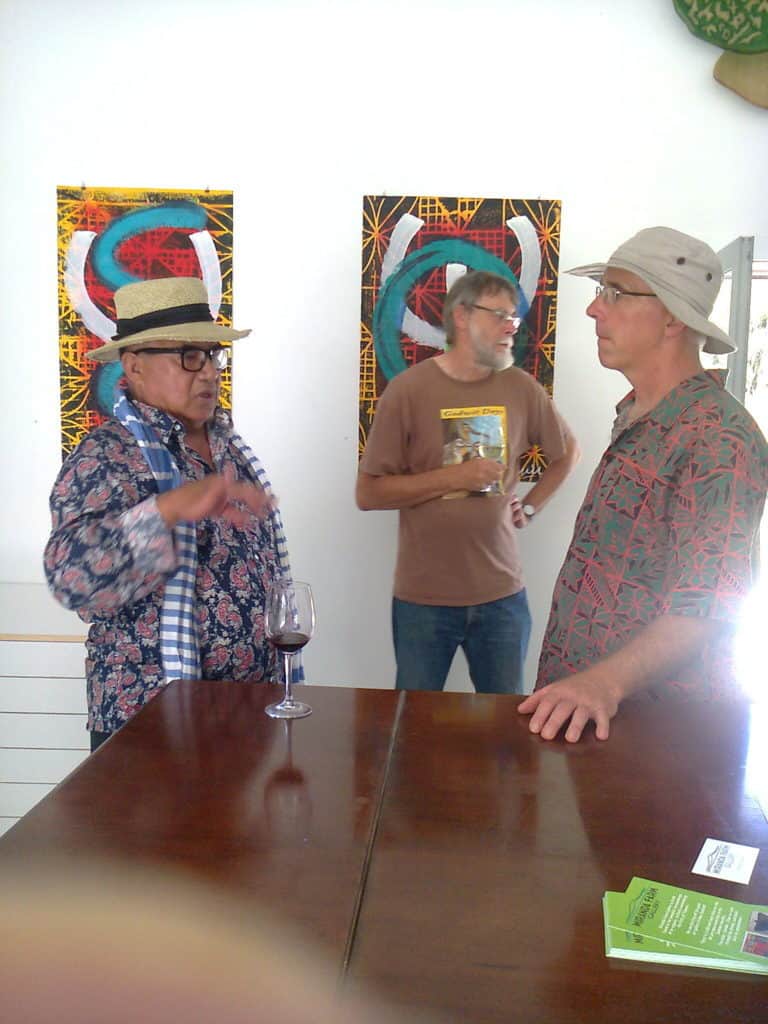
Miranda Farm Gallery,
Fatu Feu’u
Annie Wilson
Miranda Farm Gallery
1107 Miranda Rd
09 238 2608
www.mirandafarm.co.nz
Open 8am to 4pm every day.
ARTbop Editor, Rosemary Balu notes: I went up to Miranda Farm Gallery for the opening of this exhibition last Saturday afternoon. I had a great day out in Waihi and Paeroa and, as usual, a wonderful time at Miranda Farm. It’s not the first time I’ve been up there and I have a story simmering about the Gallery and some of the exhibitors. I also met Keith Woodley of the Miranda Shorebird Centre – that’s just gone on my must do and see list. If you’re looking for a great day out within easy driving of Tauranga (and Auckland) on good roads, lots of clean toilets, parking, cafes with great food – take the back roads. Make sure you check out the organic fruit and artisan produce on sale at The Stray Dog Cafe (part of Miranda Farm) – Gallery Director Annie and her team make chutney and relish “to die for” ….
Keep an eye on Been and Seen for my review on the vibrant work of Fatu Feu’u in the “Kuaka” Series – it’s summer heart singing!
VINTAGE & RETRO FAYRE in Greerton 11th March
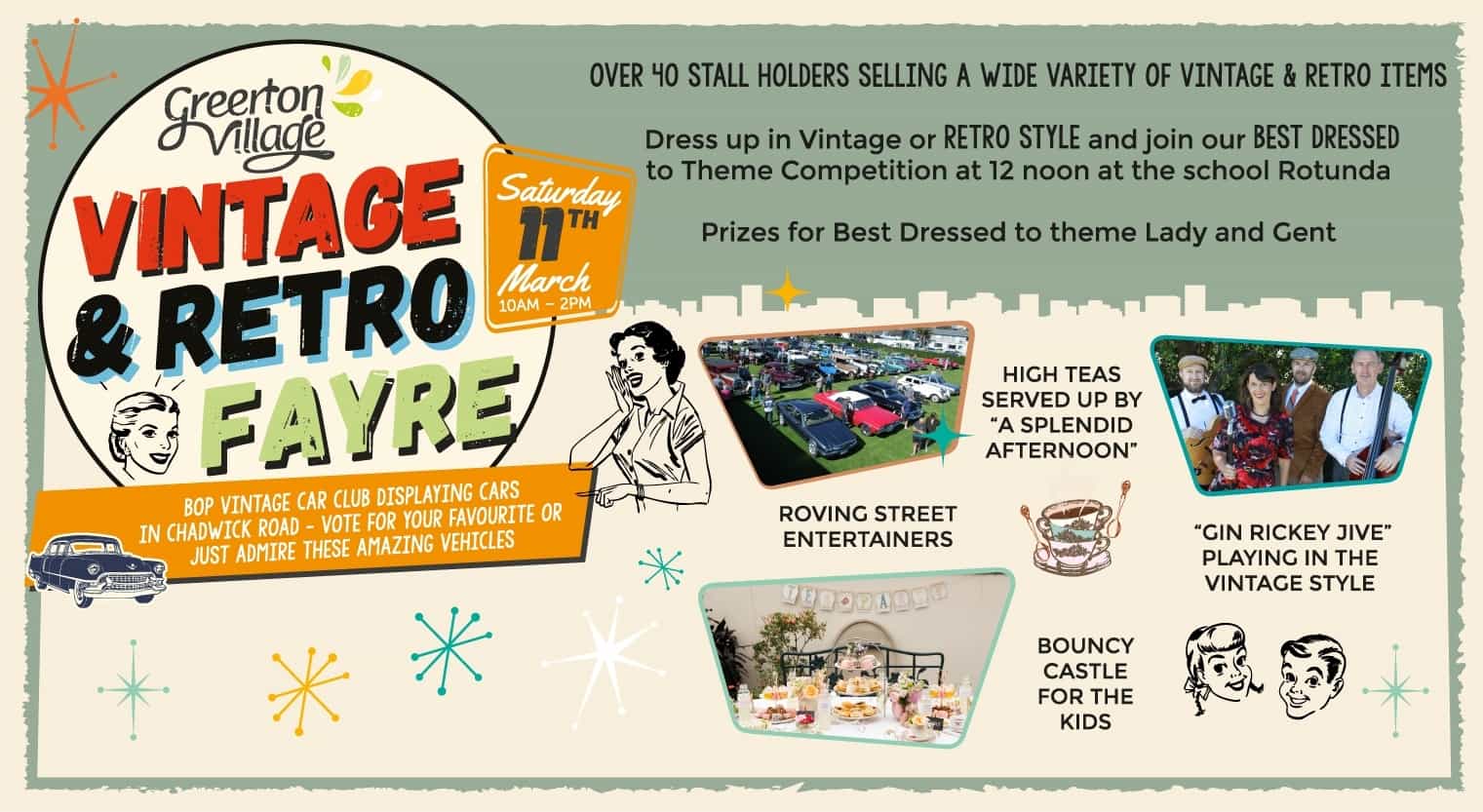
Exhibition | Molly Morpeth Canaday Award: Painting and Drawing
January 28 to March 12, 2017
Whakatane Museum and Arts, Whakatane
The 2017 Molly Morpeth Canaday Award for Painting and Drawing will be exhibited across all three galleries at Te Kōputu a te whanga a Toi — The Whakatāne Library and Exhibition Centre — and open to the public from Saturday, 28 January until Sunday, 12 March 2017.
Presented by Arts Whakatāne in association with Whakatāne Museum and Arts, this nationally recognised art award will recognise 13 category winners. The 2017 judge, Felicity Milburn, announced the winners on Friday, 27 January, including the artists to receive the $2500 Craig’s Investment Partners Youth prize and the $10,000 Molly Morpeth Canaday Fund award.
Location
Whakatane Museum and Arts
Date/Time
Date(s) – 28/01/2017 – 12/03/2017

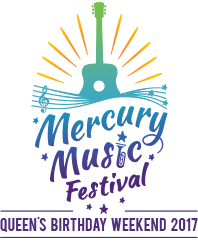


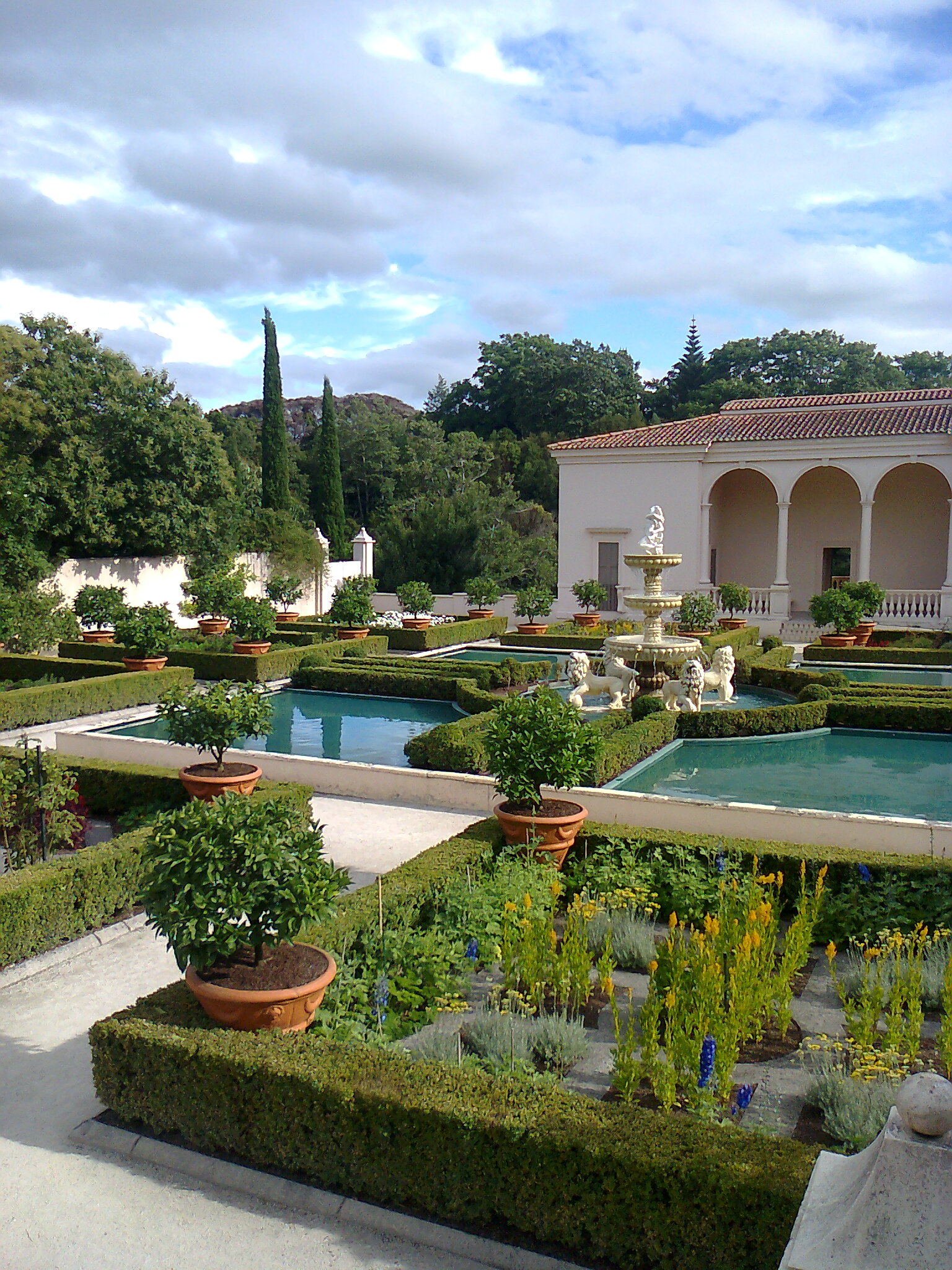



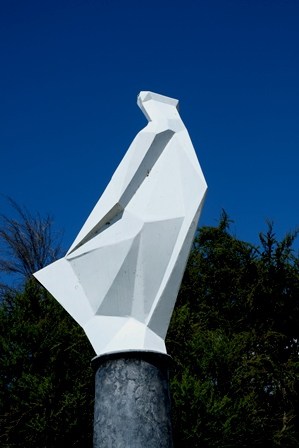
About Author


